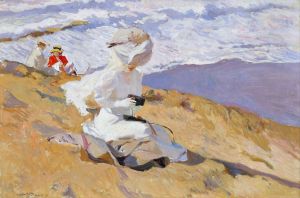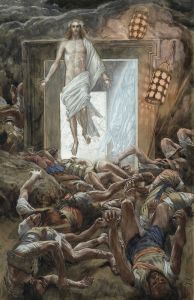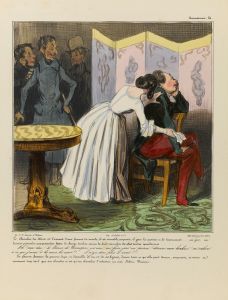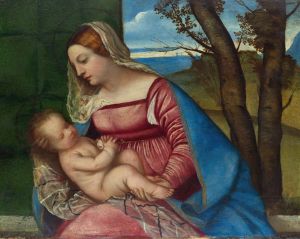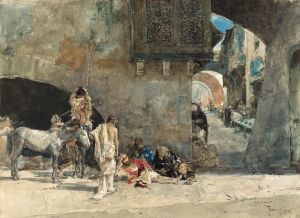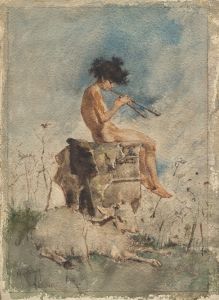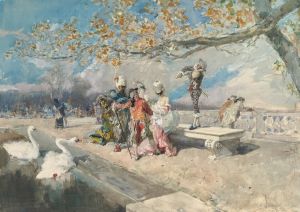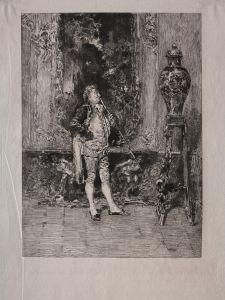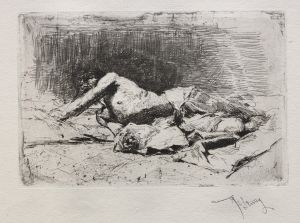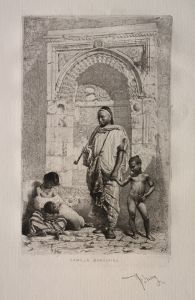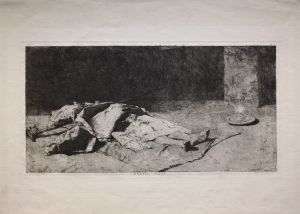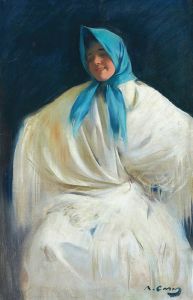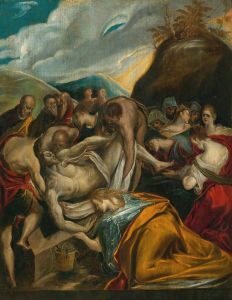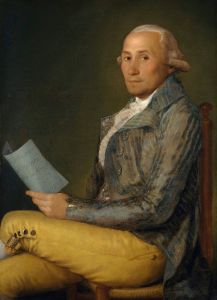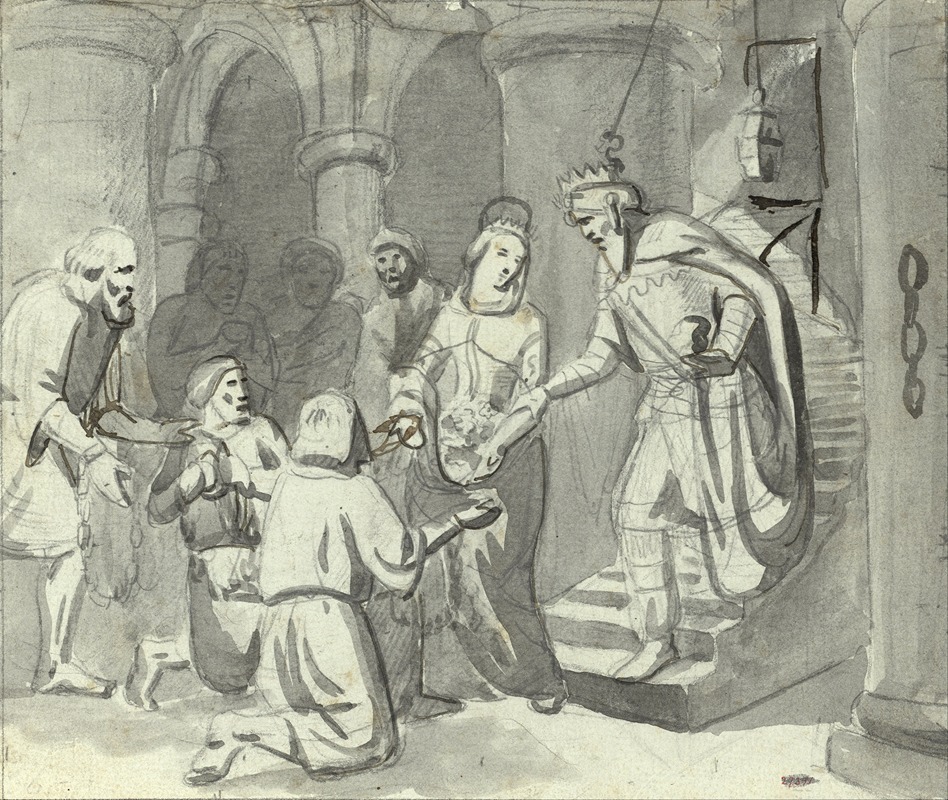
The Miracle of the Flowers of Saint Casilda
A hand-painted replica of Mariano Fortuny Marsal’s masterpiece The Miracle of the Flowers of Saint Casilda, meticulously crafted by professional artists to capture the true essence of the original. Each piece is created with museum-quality canvas and rare mineral pigments, carefully painted by experienced artists with delicate brushstrokes and rich, layered colors to perfectly recreate the texture of the original artwork. Unlike machine-printed reproductions, this hand-painted version brings the painting to life, infused with the artist’s emotions and skill in every stroke. Whether for personal collection or home decoration, it instantly elevates the artistic atmosphere of any space.
"The Miracle of the Flowers of Saint Casilda" is a painting by the Spanish artist Mariano Fortuny Marsal, completed in 1870. Fortuny, a prominent figure in 19th-century Spanish art, was known for his detailed and vibrant works that often depicted historical and genre scenes. This particular painting is an example of his interest in historical and religious themes, showcasing his skill in capturing intricate details and dramatic narratives.
The painting illustrates the legend of Saint Casilda, a Spanish saint from the 11th century, who was the daughter of a Muslim king in Toledo. According to the legend, Casilda would secretly bring bread to Christian prisoners, defying her father's orders. One day, when she was caught by guards and questioned about what she was carrying, she claimed it was only roses. Miraculously, when she opened her cloak, the bread had transformed into flowers, thus saving her from punishment. This miracle is a popular subject in Christian art, symbolizing charity, faith, and divine intervention.
Fortuny's depiction of this miracle is characterized by his meticulous attention to detail and his ability to convey emotion and narrative through his composition. The painting captures the moment of revelation, with Casilda opening her cloak to reveal the miraculous transformation. Fortuny's use of color and light enhances the dramatic effect, drawing the viewer's attention to the central figure of Casilda and the miraculous flowers.
The painting reflects Fortuny's academic training and his exposure to various artistic influences during his travels in Europe and North Africa. His style is often associated with the Orientalist movement, although "The Miracle of the Flowers of Saint Casilda" is more aligned with his historical and religious works. Fortuny's ability to blend realism with a sense of the dramatic is evident in this painting, making it a significant example of his oeuvre.
Mariano Fortuny Marsal was born in Reus, Catalonia, in 1838 and showed an early talent for art. He studied at the Academy of Fine Arts in Barcelona and later in Rome, where he was influenced by the works of the Old Masters. His career was marked by success and recognition, although it was tragically cut short by his untimely death in 1874 at the age of 36. Despite his short life, Fortuny left a lasting impact on the art world, and his works continue to be celebrated for their technical skill and artistic vision.
"The Miracle of the Flowers of Saint Casilda" is housed in the Museo del Prado in Madrid, one of the most prestigious art museums in the world. The painting is part of the museum's extensive collection of 19th-century Spanish art, which includes works by other notable artists of the period. Fortuny's painting remains an important piece in the study of Spanish art history, illustrating the blend of realism and romanticism that characterized much of the art of the time.





